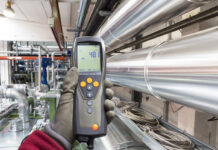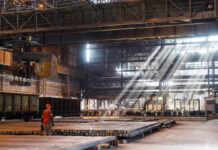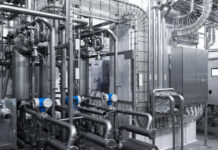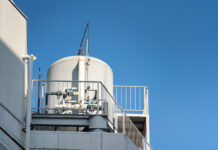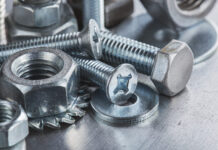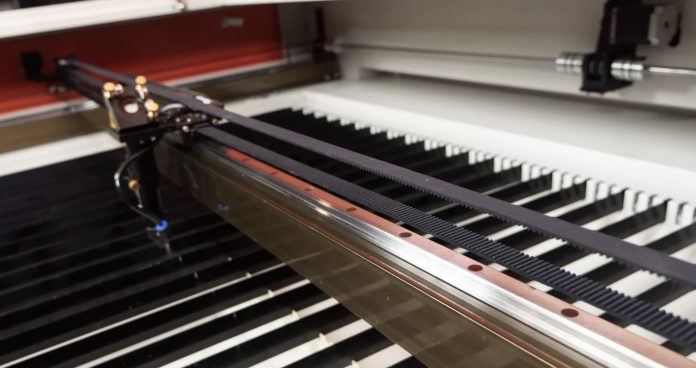
The CO2 laser cutting machine has undergone a remarkable evolution since its initial introduction in the 1970s. Over the decades, this versatile tool has been continuously refined and upgraded, solidifying its position as a vital component in modern manufacturing and fabrication processes. Capable of precisely cutting and engraving a diverse array of non-metallic materials, the CO2 laser cutter has become an indispensable asset across numerous industries. The specific capabilities of these machines, such as the maximum material thickness they can process, are largely determined by the power output of the integrated laser system. Before making an investment in a laser cutting machine, it is crucial to thoroughly understand the key factors that will influence its performance and suitability for your unique application requirements. By familiarizing yourself with these important considerations, you can make an informed decision that aligns with your production needs and budgetary constraints. Reputable manufacturers like the Wattsan company offer a wide range of CO2 laser cutting solutions engineered to meet the diverse needs of their global customer base.
What is a CO2 Laser Machine?
The laser cutting machine, also known as a laser cutter, is a specialized CNC (Computer Numerical Control) system that harnesses the power of laser technology to precisely cut and engrave a wide range of materials. Owing to its dual functionality, this versatile machine is often referred to as a laser engraver or laser etcher. Some users may also describe it as a laser wood cutter or laser acrylic cutter, depending on the primary application.
The core principle behind the laser cutting machine’s operation is the use of a focusing lens to concentrate the laser beam onto the surface of the workpiece, causing the material to melt. Simultaneously, a coaxial stream of compressed gas is employed to swiftly blow away the liquefied material, creating a kerf or groove of a desired shape and dimension. By carefully controlling the movement of the laser beam along a predetermined trajectory, the cutting process is completed, yielding intricate and high-precision results.
Advantages of CO2 Laser Cutters
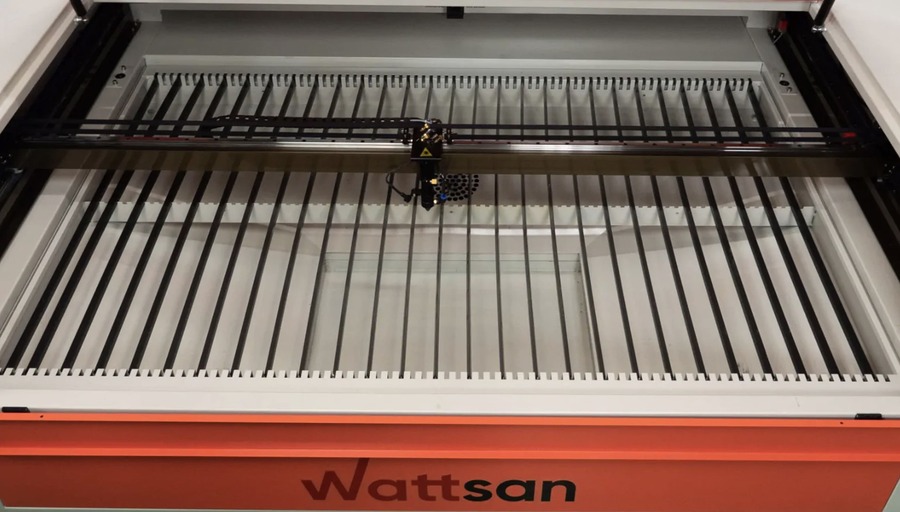
The case for investing in a CO2 laser cutter is a compelling one, boasting a myriad of unparalleled advantages. These remarkable machines excel at delivering high-speed, precision cutting with a remarkably small heat-affected zone and a narrow kerf, making them the go-to choice for intricate and delicate applications. Remarkably, the performance of laser cutters is not constrained by the shape or geometry of the workpieces, granting users greater flexibility and material optimization in their fabrication processes. This translates to significant savings in both material consumption and labor costs.
Moreover, laser cutting technology sets itself apart through its exceptional environmental stewardship and operator safety. Unlike conventional cutting methods, such as mechanical processing or plasma cutting, laser-based systems do not produce harmful emissions or require the use of hazardous consumables. This eco-friendly profile makes laser cutters an ideal solution for businesses seeking to minimize their environmental footprint and provide their employees with safer, healthier working conditions. Ultimately, the multifaceted advantages of CO2 laser cutters make them an invaluable asset in modern manufacturing, allowing companies to boost productivity, enhance product quality, and demonstrate their commitment to sustainable practices.
Factors Influencing the Price of a CO2 Laser Cutting Machine
Different specifications and configurations lead to varying prices for CO2 laser cutting machines. Therefore, you need to contact the laser equipment manufacturer to obtain a specific and detailed price list. So, what factors can affect the price of a laser cutting machine?
Brand
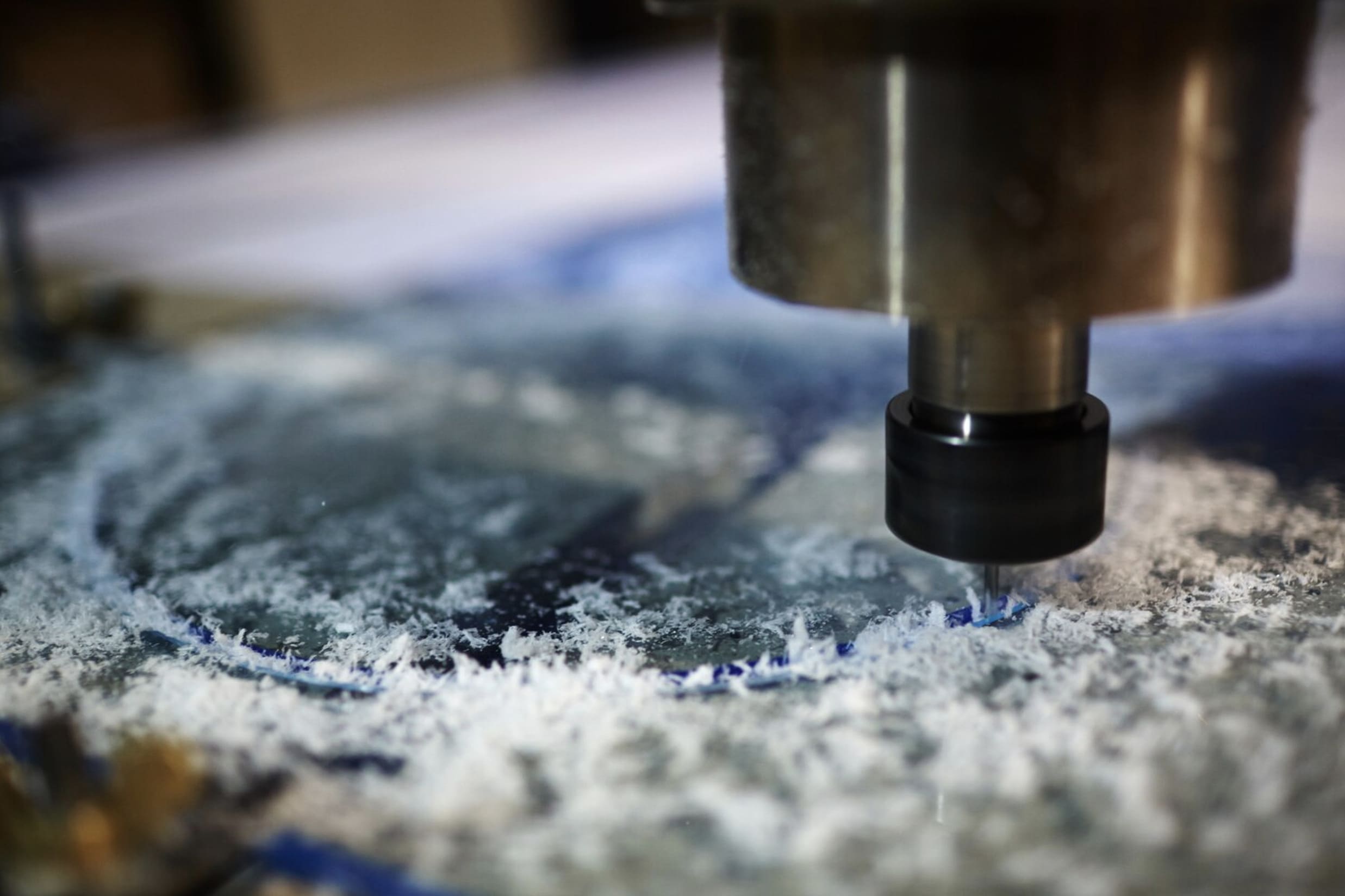
When selecting a CO2 laser cutting machine, it is necessary to consider several key factors that influence its price and performance. The brand of the machine plays an important role, as it determines the quality, reliability, and level of service. Major manufacturers typically use high-quality components and offer comprehensive support to their customers.
Parts and Components
At the heart of a CO2 laser cutting machine lies the laser tube, the critical component responsible for generating the powerful beam that enables the cutting process. Yet, this integral part is just one element within a meticulously engineered system. Equally essential are the optical lenses, guide rails, frame, stepper motors, cooling systems and other ancillary components that work in concert to deliver precision, reliability and efficiency. When sourcing a laser cutting machine, the brand reputation of the manufacturer holds immense significance, as renowned providers leverage high-quality, durable parts and materials. While this premium engineering and construction commands a higher price point, the benefits are clear – enhanced performance, prolonged operational lifespan and minimal downtime. Businesses seeking a robust, dependable CO2 laser cutting solution would do well to invest in a machine from an industry-leading brand, capitalizing on the exceptional quality and seamless integration of its constituent parts.
Service
The importance of both pre-sales and after-sales service cannot be overstated when investing in a CO2 laser cutting machine. Comprehensive service offerings from the manufacturer guarantee the safety and reliable, timely maintenance of the equipment, ensuring peak performance over the long term. Reputable, established brands in the laser equipment space are best positioned to provide this level of holistic support, backed by their high-quality components and consistently reliable machinery.
Indeed, CO2 laser cutters have emerged as powerful, versatile tools that have found widespread application across diverse industries. Their unparalleled benefits – from lightning-fast, precision cutting to minimal heat distortion and the ability to process a wide range of non-metallic materials – have rendered these machines indispensable in modern manufacturing environments. When evaluating potential CO2 laser cutting solutions, prospective buyers must carefully consider a multitude of factors, including the brand reputation, accessory packages, laser power output, work table dimensions, and the quality of after-sales support. A meticulous assessment of these key variables will enable the selection of an optimal system that seamlessly aligns with specific production needs, ensuring efficient, dependable performance for years to come.



